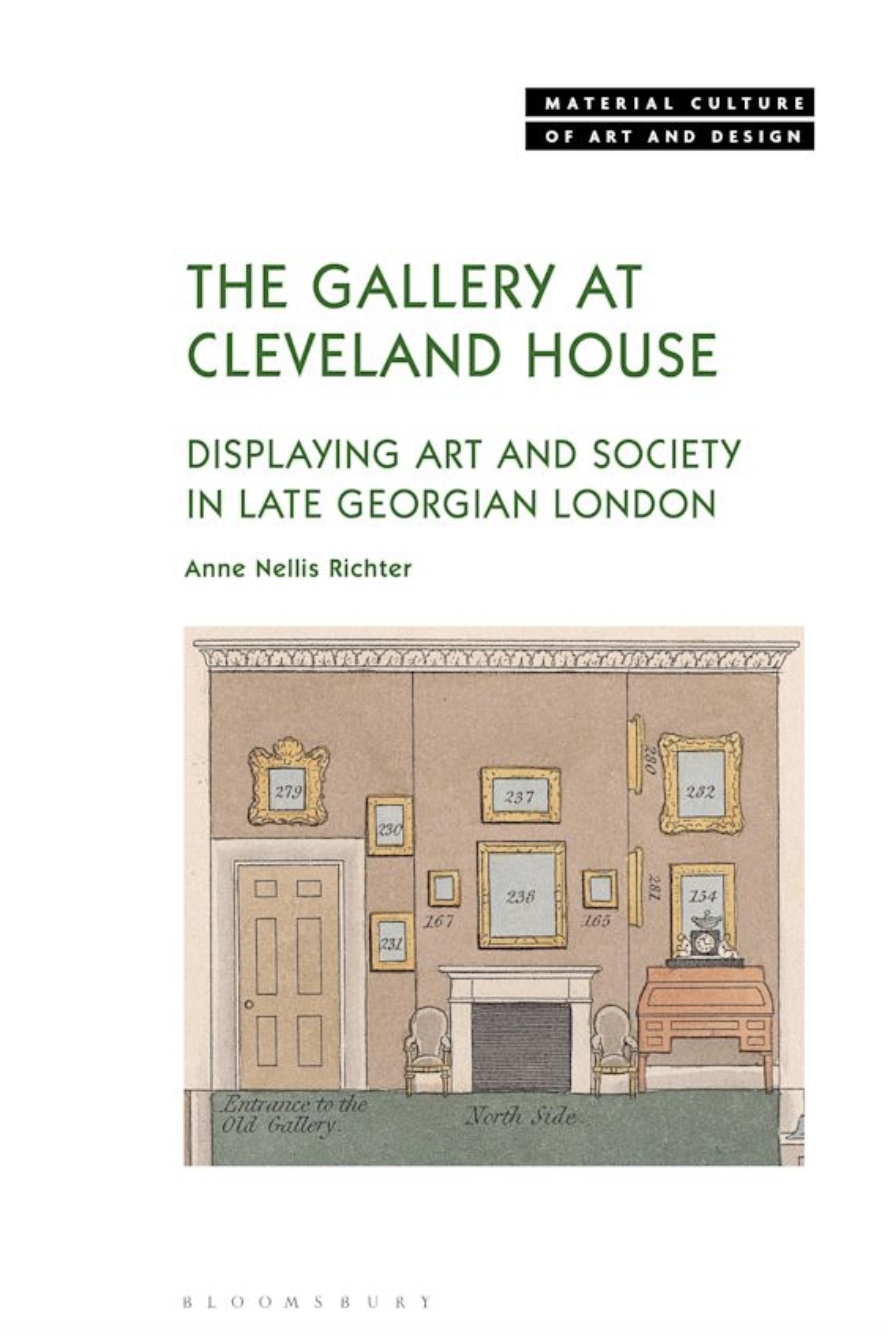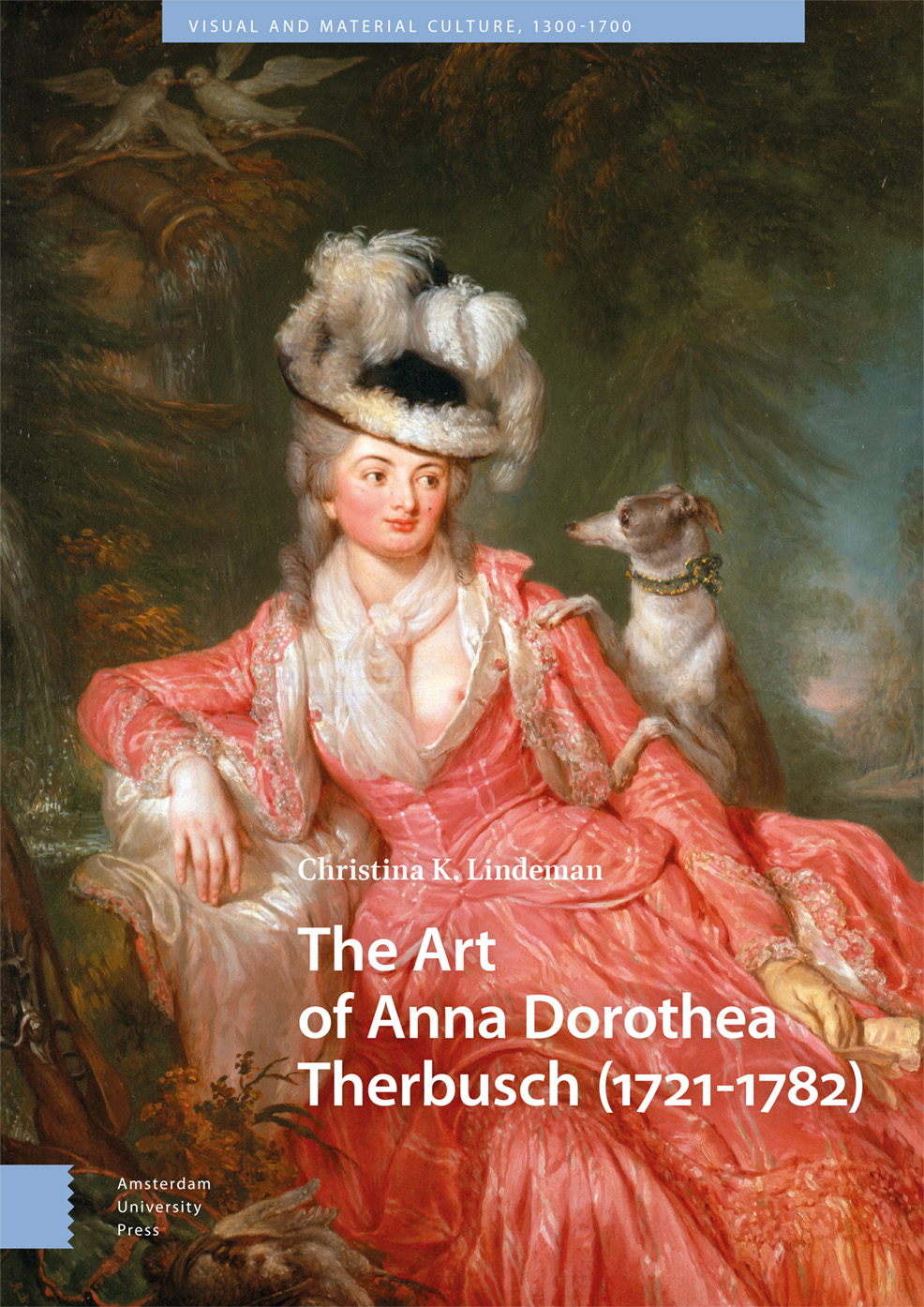Online Lectures | David Pearson on Cambridge Bookbinding, 1450–1775

Thomas Rowlandson, Inside View of the Public Library, Cambridge, published in London by Rudolph Ackermann, 9 November 1809, hand-colored etching and aquatint, plate: 23 × 32 cm (New York: The Metropolitan Museum of Art, 59.533.1635).
◊ ◊ ◊ ◊ ◊
As recently announced on the SHARP listserv (Society for the History of Authorship, Reading, and Publishing) . . .
David Pearson | Cambridge Bookbinding, 1450–1775
Online and in-person, Robinson College, Cambridge, 21–23 November 2023
The Sandars Readership in Bibliography is one of the most prestigious honorary posts to which book historians, librarians, and researchers can be appointed. Those elected deliver a series of lectures on their chosen subject. This year’s Reader, Dr David Pearson, will address the topic of Cambridge bindings.

The Book of Common Prayer, and Administration of the Sacraments. . . together with the Psalter (Cambridge: John Baskerville for B. Dod in London, 1761), with gilt-tooled binding from the workshop of Edwin Moore, ca.1761–65 (TC.77.1), pasteboards, covered with black goatskin, gilt-tooled; rebacked, preserving most of the original gilt-tooled spine.
Cambridge has been a leading centre for binding books (as well as for printing and selling them) for many centuries, and books bound in Cambridge are found all over the world. How do we recognise them, and what can they tell us? The 2023 lectures will build on a project aiming, for the first time, to produce a comprehensive overview of Cambridge binding work through the early modern period. They will explore the evolution of the craft in its broader context, and the questions we should ask when we identify books bound in Cambridge. Cambridge Bookbindings 1450–1770, featuring 45 bookbindings in Cambridge during the handpress period using the collections of Cambridge University Library, is available on the Cambridge Digital Library.
The three lectures will be held in-person at Robinson College, live-streamed, and recorded. Click on the lectures below for more information and to register (please register for each lecture you hope to attend).
• Tuesday, 21 November, 5pm, followed by a drinks reception at the University Library
• Wednesday, 22 November, 5pm
• Thursday, 23 November, 5pm
David Pearson was formerly Director of Culture, Heritage, and Libraries for the City of London Corporation. He is a Senior Fellow of the Institute of English Studies at the University of London, was Lyell Reader in Bibliography at Oxford (2017–18), and teaches regularly on the Rare Book Schools in London and Virginia. His books include Provenance Research in Book History (new edition, 2019), English Bookbinding Styles, 1450–1800 (2005), Book Ownership in Stuart England (2021), and Speaking Volumes: Books with Histories (2022). In 2020 he launched the Book Owners Online database.
◊ ◊ ◊ ◊ ◊
Of the binding of The Book of Common Prayer pictured above, Dr Pearson writes,
The name which is most immediately associated with Cambridge bookbinding work of the middle decades of the eighteenth century, and whose workshop produced many handsomely-decorated bindings, is Edwin Moore. . . The ornamental design which became fashionable in England for upmarket binding work, from about 1720, is what has come to be known as ‘Harleian style’, characterised by a large central lozenge-shaped pattern made up of small tools symmetrically arranged, surrounded by a wide border of rolls and/or other tools around the perimeters. Moore’s better quality work conformed very much to this idea, and numerous bindings like this survive, made from the 1740s, 50s and 60s. . .



















leave a comment